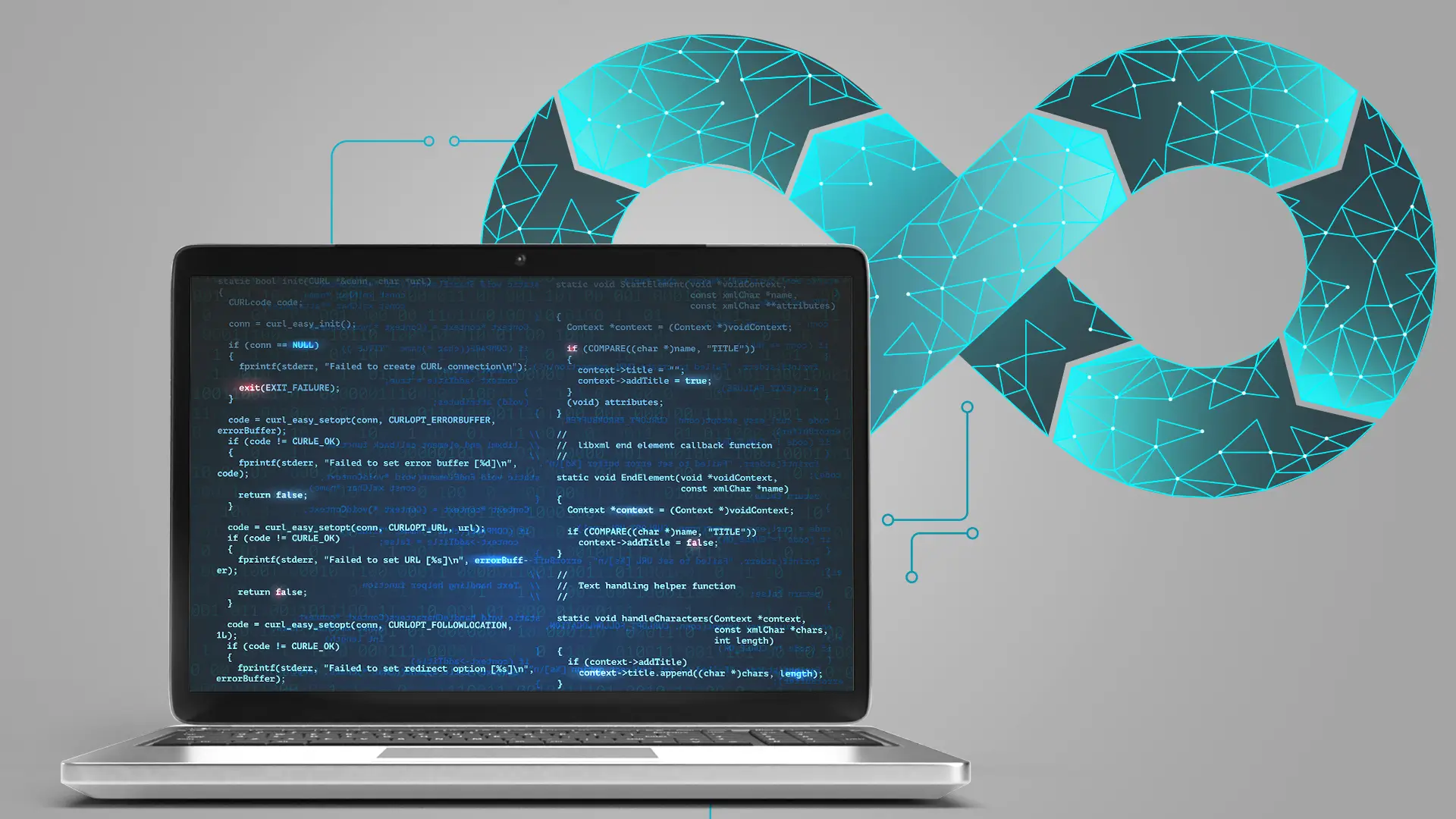Introduction
In digital banking, security, reliability, and user experience are critical—but achieving these isn't without challenges. Rigorous software testing is essential for Internet and mobile banking, where testing teams face unique hurdles to keep transactions safe, apps responsive, and experiences seamless.
This blog will delve into the differences, benefits, and testing challenges that internet and mobile banking encounter as digital finance evolves. We'll also look at best practices like on-premise and cloud-based application testing solutions that shape the future of digital banking. So, whether you're a tech enthusiast or simply curious, get ready to dive into the technical side of digital banking and discover what keeps it all running smoothly.
Definition of Internet Banking and Mobile Banking
- Internet Banking, or online banking, focuses on computer-based financial management. Without visiting a branch, you can pay bills, transfer funds, check balances, and even apply for loans, all from your system's browser. It's like having a personal bank branch right on your desktop.
- Mobile Banking takes convenience a step further, allowing you to manage transactions directly from your smartphone or tablet. With your bank's app, you can pay bills, deposit checks, transfer money, and even track investments from anywhere.
Similar Features of Mobile Banking and Internet Banking
- Access on the Go: Available anytime, anywhere via mobile or internet-enabled device.
- Instant Account Overview: Quickly check balances, manage accounts, and receive alerts.
- Simple Transfers: Transfer funds seamlessly in just a few steps.
- Easy Bill Payments: Pay bills on demand or schedule payments ahead.
- Enhanced Security: Protected by multi-layer authentication and encryption.
- Transaction Records: Access recent transactions and downloadable statements.
- Personalized Support: Support via in-app options, chat, or email as needed.
Read: Everything You Need to Know About Testing Banking Domain Applications
Internet Banking vs. Mobile Banking: Key Differences

Also read: Tips for Performing Usability Testing For Banking Applications
Internet vs. Mobile Banking: Use Case Comparison
This flowchart outlines specific scenarios in which users might favor either Internet Banking or Mobile Banking, highlighting the strengths and limitations of each platform based on user needs.

Check out: 11 Best Practices for Future-proofing Mobile Banking Security Testing
Challenges in Internet Banking and Mobile Banking App Testing
Internet Banking
● Security Threats
Robust security is critical as cybercriminals target vulnerabilities in online banking. Protecting sensitive data requires stringent security measures and regular updates, supported by advanced testing technologies.
● Transaction Volume
Daily high transaction volumes can strain banking systems, leading to slowdowns or crashes. Performance testing ensures that software handles peak activity without degrading user experience.
● Browser Compatibility
Ensuring online banking websites function across various browsers is complex. Cross-browser compatibility testing is needed to provide a consistent experience and address discrepancies.
● Payment Integrations
Integrating third-party payments complicates online banking. Thorough testing is necessary to ensure secure, accurate transaction processing and smooth API interactions.
● User Interface
A seamless user experience is vital for retention. Usability testing helps identify bugs, slow loading times, and unclear interfaces to enhance navigation.
● Regular Updates
Regular updates improve security and features but require regression testing to ensure existing functionalities remain unaffected. Automated testing can streamline this process for better efficiency.
Mobile Banking
● Device Fragmentation
Ensuring consistent app performance across various devices and operating system versions poses significant challenges due to differences in screen sizes, resolutions, and hardware capabilities, requiring extensive testing.
● Network Variability
Mobile banking apps must perform reliably under diverse network conditions. Fluctuations in connectivity can lead to transaction delays, necessitating thorough testing for dependable service.
● Security Risks
Mobile banking is vulnerable to security threats such as malware and phishing. Strong authentication, secure encryption, and regular penetration testing are vital to protecting sensitive data and maintaining user trust.
● Frequent Updates
Regular updates can introduce compatibility issues. Agile testing is essential to keep up with changes, and it is supported by automated tools to maintain comprehensive coverage and quick release cycles.
● User Interface and Experience
A smooth user interface is vital for user retention. Usability testing helps identify and resolve bugs and design issues, ensuring the app remains user-friendly.
● Regulatory Compliance
Mobile banking apps must comply with regional regulations, necessitating thorough testing and updates to meet data privacy, transaction security, and accessibility standards.
Strategies for Overcoming Mobile and Internet Banking App Testing Challenges
Internet Banking
● Enhanced Security Testing
Implement advanced security measures and conduct regular penetration tests to safeguard against online threats.
● Performance Testing
Use load and stress testing tools to verify that the system can manage high transaction volumes without any decline in performance.
● Cross-Browser Testing
Conduct comprehensive testing across browsers and devices to ensure compatibility and a consistent user experience.

● User Experience Testing
Perform usability testing to verify a smooth and intuitive user interface, enhancing overall user satisfaction.
● Automated Regression Testing
Leverage automated testing tools for efficient and reliable regression testing after each software update.
Mobile Banking
● Real-Device Testing
Incorporate real-device testing to ensure compatibility across a diverse range of devices.
● Network Simulation
Utilize tools to simulate various network conditions, testing the app's functionality under different network scenarios.
● Security Testing
Perform thorough security testing, encompassing penetration and vulnerability assessments, to detect and mitigate potential security threats.
● Continuous Integration and Testing
Implement continuous integration practices to automate testing processes, provide rapid change feedback, and facilitate quicker releases and updates.
Best Practices for Effective Mobile and Internet Banking Software Testing

1. Data and Device Security
- Utilize SOC 2-compliant testing platforms to ensure data segregation and maintain organization-level privacy.
2. CI/CD Integration
- Integrate CI/CD pipelines to automate and streamline testing processes.
- Support various open test frameworks to increase flexibility and adaptability.
- Ensure deep integration of testing sessions within the CI/CD lifecycle to improve efficiency.
3. Global Testing
- Leverage a global device infrastructure to execute thousands of tests simultaneously, ensuring that device availability is consistently managed.
4. Secure Testing Deployment options
- Keep sensitive data in a secure, isolated environment to minimize the risk of unauthorized access or data breaches.
- Integrate the highly secure on-premise air-gapped deployment easily with existing infrastructure without compromising security. This ensures that the data doesn’t leave the client's premises.
5. API Usage Monitoring
- Monitor API usage continuously to optimize performance and identify potential anomalies that could impact user experience.
6 End-to-End Testing
- Conduct comprehensive end-to-end testing to validate application functionality and reliability throughout the user journey.
7. Automation of Customer User Journeys
- Automate customer user journeys to improve overall user experience and streamline processes.
8. Performance Regression
- Implement regression testing to provide insights into performance changes over time, identifying regressions in application behavior after updates or modifications.

9. Biometric Testing
- Automate testing for biometric features, ensuring seamless and secure user experiences involving biometric authentication (e.g., facial recognition and fingerprint scanning).
10. Cross-device Performance Monitoring
- Track performance on various devices to ensure a consistent user experience, regardless of the platform.
Conclusion
The evolution of banking options has significantly enhanced how individuals manage their finances. Mobile banking stands out for its convenience, catering to users who prioritize quick and simple transactions. In contrast, internet banking offers a robust suite of services for comprehensive account management, appealing to those who require more in-depth financial tools. Ultimately, users can choose the best method for their lifestyles and preferences.
Implementing tailored testing strategies is crucial to supporting these diverse platforms, ensuring reliable user experiences, and maintaining the integrity of banking services. As technology advances, mobile and Internet banking will evolve further, shaping the future of financial management.
FAQs
Q1. How Do Security Measures Differ Between Mobile Banking Apps and Internet Banking Platforms?
Ans: Mobile banking apps utilize biometric authentication (such as fingerprint and facial recognition) and device-specific security features to enhance user protection. In contrast, internet banking platforms rely on multi-factor authentication and secure socket layer (SSL) encryption to safeguard online transactions. Recognizing these distinctions can assist users in selecting the more secure option that best meets their requirements.
Q2. What Are the Key Testing Approaches for Ensuring Security in Mobile and Internet Banking Applications?
Ans: To ensure security in mobile and internet banking applications, penetration testing to identify vulnerabilities specific to each platform, risk assessments focused on data encryption methods, and continuous security testing to evaluate the effectiveness of authentication mechanisms under different scenarios are essential. These approaches help maintain robust security standards across both banking types.
Q3. How does HeadSpin secure sensitive data during mobile and internet banking app testing while ensuring high performance?
Ans: Headspin uses only synthetic data for testing purposes. Customers can utilize an on-premise air-gapped deployment and VPN tunneling for secure remote access, safeguarding all the data during testing. This approach allows financial institutions to conduct thorough performance testing without compromising security, thereby maintaining user trust and delivering a seamless banking experience.










































-1280X720-Final-2.jpg)






